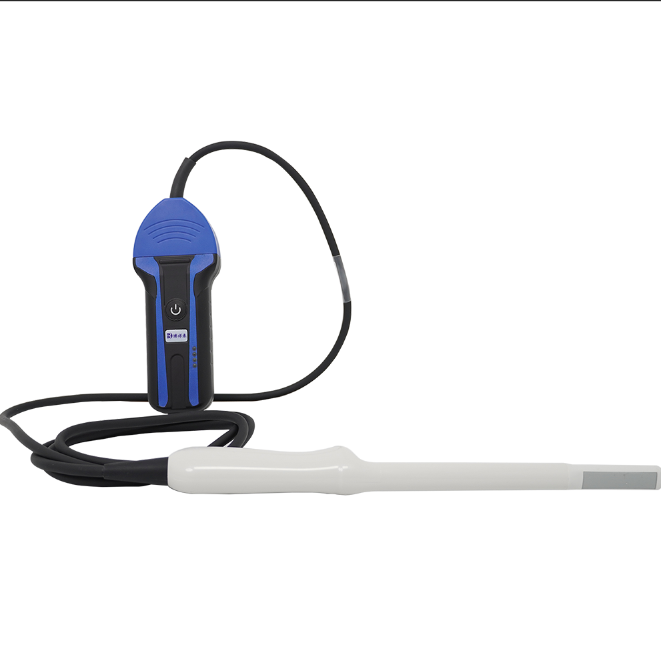The two main considerations for using Veterinary ultrasound to detect whether non pregnant heifers have a second chance of conception are the reproductive value of heifers and the cost of carrying them. When a group of heifers are raised and mated under similar conditions, those who fail to conceive are less fertile than the group. If kept for the second time, these heifers may not be able to conceive, or if they become pregnant, the trend of lower fertility rates may be passed on to the heifer's daughters.

In order to maximize profits, heifers should usually be put into production as early as possible. The cost of feeding and maintaining non pregnant heifers for over a year is unreasonable unless in special seasons with sufficient feed. Therefore, heifers that failed to conceive during the first mating should be excluded. The exception is the attribute of splitting and calving, where non pregnant heifers can mate with another little monster in the same year.
Hope to cooperate with the heifer for a short period of time (6-8 weeks) to ensure tight calving. Compared to substitutes, mating more heifers is also a reasonable approach. Then, eight weeks after mating, a pregnancy test is conducted on the heifers, and only those who are pregnant need to be kept.
Portable veterinary ultrasound is an alternative to manual operation for detecting pregnancy 6-8 weeks after conception. The veterinary ultrasound scanner has an external probe that includes emitting and receiving elements, projecting a low-energy sound wave.
The bundle is reflected by the uterine artery, umbilical cord blood vessels, or fetal heart and undergoes frequency changes, which are converted into sound or light displays, allowing the operator to determine the pregnancy status. A more accurate but expensive alternative is a fan-shaped linear or "real-time" scanner, which has probes inserted into the rectum as close as possible to the uterus. The reflected sound waves are transmitted to the light display, and experienced operators can interpret the pregnancy status from the display. Ultrasound technology for animal use is ideal in research situations, where high precision is required to determine pregnancy status and fetal age. However, compared to rectal surgery, this method is slow and expensive, making it impossible to adopt on a large scale in commercial situations.
Alternative solutions for pregnancy testing
Producers can choose not to conduct pregnancy tests based on cost. They can choose to detect pregnancy by monitoring estrus or restoring fever. Once a cow becomes pregnant, it stops cycling during pregnancy, except for about 5%. Therefore, after the mating period, estrus testing can serve as a useful alternative to pregnancy testing with only slight inaccuracies. Pregnancy tests showing estrus in cows after mating can reduce any errors. Bulls or trailers equipped with chin straps or tail painting techniques may be the most convenient heat detection aids.
Due to the need for additional labor to regularly check for signs of heat in cows, post estrus testing is unlikely to significantly reduce the cost of identifying non pregnant cows in pregnancy testing. Another alternative method for pregnancy testing is to measure the level of progesterone in blood or milk, but it requires additional labor and laboratory costs. In cows, when the date of fertilization is known, the accuracy of measuring progesterone concentration in milk after 24 days is 84.5% for positive and 97.0% for negative tests. However, milk progesterone testing is usually not applicable to milk because the service date is often unknown and milk samples are not easily obtainable.
tags: veterinary ultrasoundPortable veterinary ultrasound


